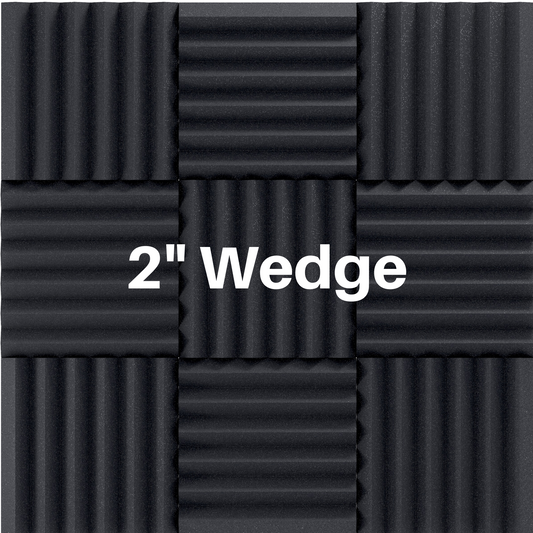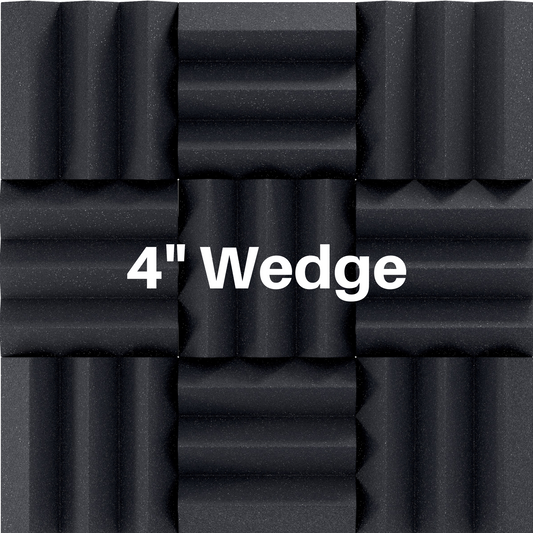Pop Filters - What They Do & 3 Things To Consider Before Buying
Share

When watching videos of artists performing or recording vocals in a recording studio you virtually cannot miss the usually circular attachment on the shock mount or the microphone stand. This is called a pop filter. Apart from looking super cool, the pop filter can actually drastically improve the quality of a vocal recording by keep those distracting P’s, T’s, S’s and B’s away from the listener’s ears.
How does it work and why should you use one?
The pop filter dissipates the velocity of the air passing through it and by doing so, the plosives become more gentle. The sudden bursts of air, if captured by the diaphragm of the microphone, can cause the input levels to clip resulting in an unwanted distortion or crackling sound. The pop filter will prevent this from happening.
Pop filters also prevent saliva from getting into the microphone, making the microphone last longer. Pop filters generally work best at a distance of about 6 inches from the microphone. This gives the passing air time and space to properly diverge. Once it has passed the filter they diffuse the pops, spreading them out.
What should you be looking for when buying one?
First, make sure the pop filter is easy to install and stays in place. It needs to be firmly installed so it does not slip out of place. Take a good look at the clamping mechanism. Does it feel cheap? The gooseneck, if it has one, should stay in place when you put it in a certain position. Is it stable? The last thing you want is a flimsy pop filter as this can be very annoying for both the engineer and the singer who will have to constantly readjust it, or worry if it will stay I place.
Second, take note of the diameter of the pop filter; there are a lot of different sizes. If you go with the wide diameter you essentially give the singer more room for movement. Keep in mind that the pop filters with a wide diameter are heavier and bulkier while the smaller ones restrict movement but do not pull down on your microphone stand. It all comes down to personal preference and if you have a durable and rugged enough mic stand to handle a large diameter.
Finally, consider that different filter materials will give you different results so know what you are after before pulling the trigger. Most pop filters will have a woven nylon filter. The sound that you can get through nylon filters is more vintage while the one provided by pop filters made out of woven and perforated metal have a more modern edge to them. Filters made out of nylon can sometimes audibly affect the high end frequencies of the vocals, that is why some engineers prefer working with pop filters where the filter is made out of perforated metal. However, the industry standard is woven nylon.

CLICK HERE to view our pop filter!




